Brushing stress away, or causing it?
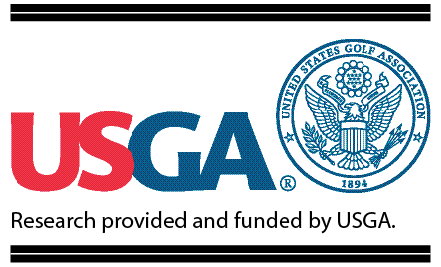 We have conducted a series of putting green-brushing studies over the last few years, spearheaded by one of our former graduate students, Gail Gu, for her Master’s degree thesis. In that time, technical advances in brushing attachments/units have changed how superintendents look at this technique.
We have conducted a series of putting green-brushing studies over the last few years, spearheaded by one of our former graduate students, Gail Gu, for her Master’s degree thesis. In that time, technical advances in brushing attachments/units have changed how superintendents look at this technique.
We used brushing units located immediately in front of the cutting unit. What these units do is referred to by several names, including precision brushing. The initial premise of the study was to determine if continual brushing results in visual decline of turf or physiological injury, and if injury occurs, how long it takes turf to recover. If injury occurred in the study, our purpose was to determine the appropriate timing and frequency for brushing.
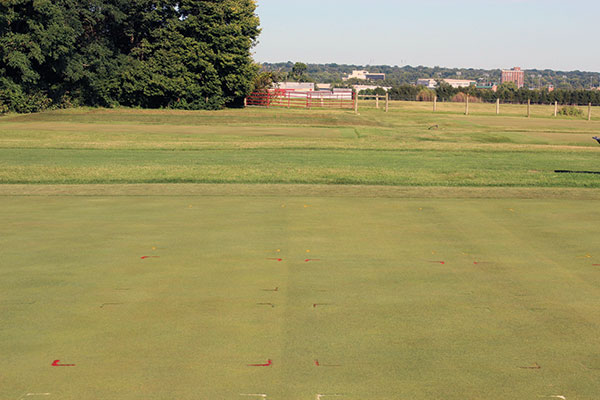
Figure 1 Overview of one of the test areas at the Ohio Turfgrass Foundation Research and Education Center, Columbus, Ohio.
The studies were conducted at the Ohio Turfgrass Foundation Research and Education Center at The Ohio State University, Columbus, Ohio, from May 2014 through October 2015. The turfgrass was Penncross creeping bentgrass (Agrostis stolonifera L.) established on a native soil mix (Figure 1). Creeping bentgrass is a stoloniferous turfgrass with a prostrate growth. Prostrate growth often is associated with grain. Brushing is a means for reducing grain by “standing up” the plants (Figure 2). We maintained the creeping bentgrass turf at 0.125 inch, mowed six days a week. We applied Primo (trinexapac-ethyl, Syngenta) weekly at 0.125 ounce per 1,000 square feet, and the turf was sand topdressed weekly. We also applied nitrogen every other week at 0.25 pound per 1,000 square feet, and irrigated the turf to prevent wilt.
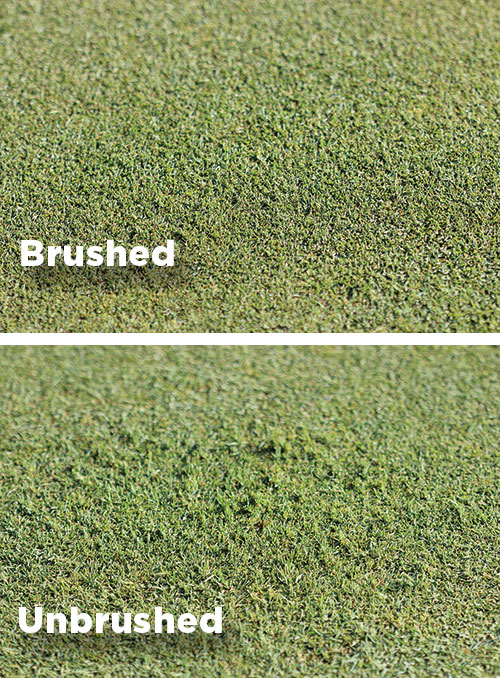
Figure 2 Comparison between the brushed and non-brushed treatments.
Three treatments
We applied three treatments, consisting of a single mowing (one per day), a single mowing per day and brushing once a week in conjunction with mowing, and a single mowing per day and brushing three times a week in conjunction with mowing. We used Jacobsen Eclipse 2 mowers (Figure 3). We used a medium brush set at the height of cut (Figure 4). The study was conducted from May 2014 through the middle of August 2014. During that time, we made observations on visual quality, density and growth habit. Physiologically, we measured malondialdehyde (MDA) production, which is an indicator of cell membrane damage to the plant, and chlorophyll fluorescence, which measures photosynthetic efficiency (if stress is occurring, a reduction in efficiency would occur).
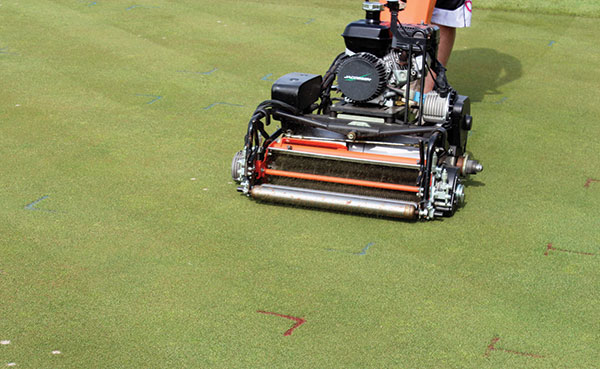
Figure 3 Brushing treatment being applied.
During this three-and-a-half-month period, we found no difference in turf quality and density among the non-brushed and brushed treatments, and no physiological injury as measured by MDA and chlorophyll fluorescence. Visual observations indicated a reduction in grain with brushing.
Adding more time
In response to the lack of difference among our treatments, in mid-August 2014 we increased brushing to three and five times a week, and continued the treatments until October 2015. We adjusted the brushing unit to 0.0 inch for the duration of the study. In addition, we added a double-cut (without brushing) treatment.
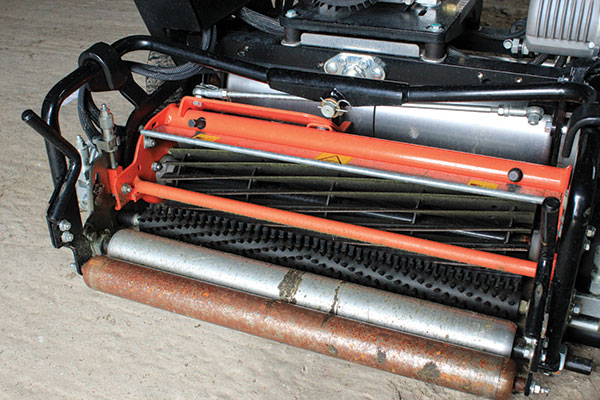
Figure 4 Close-up of the brushing unit used in the studies.
The results of the second study showed that brushing increased the overall quality of the turf without causing visual or physiological injury as measured throughout the study. The brushed treatments had a more upright, tight turf than the non-brushed treatments.
Comparing the double-cut treatment with the double-cut and brushing treatments, we found there was no difference in green speed (Stimpmeter readings). We did find a reduction in the cuticular layer (as measured by amount of cuticle wax) of turfgrass plants subjected to our treatments. However, comparing the double-cut and double-cut and brushed treatments again, we found the loss of cuticle wax was caused by the double-cutting, not brushing. Interestingly, two weeks after the termination of the study, we detected no difference in the amount of cuticle wax among the treatments, implying that the loss is temporary.
Better quality, no injury
In conclusion, we found that brushing improved the overall quality of the turf without causing visual injury, even when brushing five times a week with the brushing unit set to 0.00 height for the summer growing season. Additionally, we found no physiological damage to the plant as measured by MDA levels or photochemical efficiency. We did see differences in photochemical efficiency late into the growing season (October) when air temperatures were below 59 degrees F. With optimum temperature growth for creeping bentgrass between 59 degrees and 75 degrees F, this may explain the differences in photochemical efficiency.
There was no difference in green speed (P = 0.05) between double-cut and double-cut with brushing three or five times a week. From this we can conclude that brushing does not decrease green speed.
We did find in 2014 that the brushing treatments resulted in finer leaf blades that appeared to have less leaf moisture. We measured the amount of cuticle wax to determine if moisture loss occurred because of a loss in cuticle wax. We found a reduction in the amount of cuticle wax among treatments. However, the reduction was caused by the double-cut instead of brushing, because there was no difference between double-cut and double-cut with brushing three or five times a week. We measured cuticle wax two weeks after we terminated the study and found no difference among treatments, implying that the loss of cuticle wax is short-lived once double-cutting and brushing cease.
Our results suggest that under the conditions of the study, brushing results in improved turfgrass quality and does not cause morphological or physiological injury or affect ball roll.
Acknowledgements
Appreciation to Matt Williams, Arly Drake and Dominic Petrella, Department of Horticulture, The Ohio State University. This study was funded by the United States Golf Association and the Jacobsen Co.
Gail Gu is assistant superintendent at The Club at Ruby Hill, Pleasanton, Calif., and a former graduate student. Dave Gardner, Ph.D., and Karl Danneberger, Ph.D., are turfgrass scientists at The Ohio State University. You may reach Karl Danneberger at danneberger.1@osu.edu
for more information.
Photos: Figure 2 provided by Dominic Petrella, all others provided by Karl Danneberger








